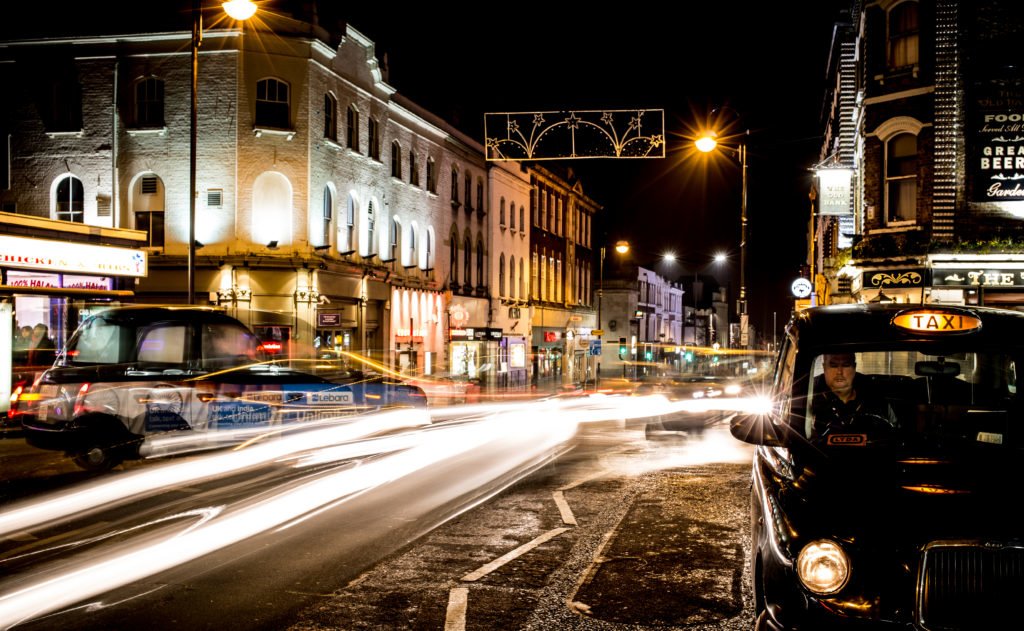What does the decay of London nightlife say about the city?
August 9, 2016

Photo credit: Gregory Rinaldi
It is no surprise to hear that in recent years more and more of not just London’s, but also the UK’s , small music and nightclub venues have been closing. The 100 Club and Madame Jojo’s have both gone, and Dalston’s much-loved Dance Tunnel had its last dance on Sunday night before closing its doors permanently. So why are many of London’s intimate, seemingly popular venues closing down? Well, there are a number of reasons.
Firstly, like many of the problems on people’s lips at the moment, government legislation is behind the closure of venues such as these. Despite endorsing Dalston’s lively nightlife, Hackney Council’s statement in response to Dance Tunnel’s closure stated:
“…we need to balance the needs of businesses against the rights of our residents to a good night’s sleep, and as both our population and night time economy grow, that is becoming increasingly hard to do.”
This highlights that venues are facing difficult licensing regulations and financial upkeep, but is also indicative of our current social and political climate, in which more people are working ridiculous hours to pay for soaring rent prices and living costs, just to stay within the M25. Due to this, we are no longer able to support the existence of more intimate venues nestled in the city.
This also begs the question of whether London is really ‘open’ in terms of the nightlife on offer? Small venues used to be considered places of ‘rebellion’. Then are we becoming less rebellious as a growing and yet, aging population? Venue closures also have implications for small independent artists across London, potentially crushing the hopes of artists trying to make it in the music industry without such venues to showcase their talents.
This all said, what does the state of London’s nightlife say about its population? Without a doubt we are facing challenges specific to the age in which we live. We want to feel and be connected with other people, and perhaps clubbing no longer does this for us. The amount of time we spend using technology has created a more isolating life experience, so it might be that the last thing we want to do is stand in a dark room with loud music without always enjoying ourselves. That aside, we are also in the midst of a ‘health revolution’, seeing a surge in healthy eating habits, perhaps contributing to people wanting to drink coconut water rather than a double vodka and coke, wake up early and go to gym rather than stay out until 4am and get a kebab. This heightened consciousness about our health as a nation has perhaps brought about the decline of club culture.
The biggest issue, though, could be the amount we work. With rising house prices in the capital, the general public are seriously struggling to make ends meet, so by the end of a working week would rather stay in than let loose about town. We are worn out by our worsening financial reality so much so that average folk are putting more of their money towards necessities than a night out. Maybe the tube at rush hour is beginning to replace the sweaty underground experience we’d get in a club…
It seems Londoners may be more partial to alternative nights out than clubbing. We are still having fun, just doing different things. For example, there are now more culturally inspired events such as museum and gallery ‘lates’, usually with free entry, offering a culturally enriching and entertaining night out as well as events like all day street food feasts. This summer there are numerous outdoor cinemas, to which spectators will often come armed with a boozy picnic.
London has an array of great things to see and do, so maybe our sense of amusement is diversifying to cater for more people and allow for people to connect; in an age where we spend hours in front of screens and loneliness is not just for the elderly. Our nightlife is changing and has changed drastically in the past ten years, and with the all-night tube being introduced at the end of August, we may see our city becoming even more vibrant and accessible by night than ever.

Comments